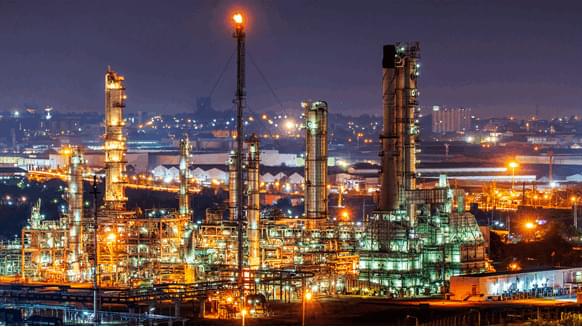A relic from a billion-year-old collision.
A relic from the billion-year-old collision that birthed the Abell 3,667 galaxy cluster was captured in fresh, stunning detail.


Summary: The perceptual accuracy of visual information and its subjective interpretation use separate neural mechanisms that can be manipulated independently of each other.
Source: University of Bologna
A research group from the University of Bologna discovered the first causal evidence of the double dissociation between what we see and what we believe we see: these two different mechanisms derive from the frequency and amplitude of alpha oscillations.




Canada’s major oil sands producers are working together on a first-of-its-kind net-zero initiative that could help ensure long-term, secure supplies of affordable and responsible energy for North America.
Together, Canadian Natural, Cenovus Energy, ConocoPhillips Canada, Imperial, MEG Energy, and Suncor Energy have formed the Oil Sands Pathways to Net-Zero Alliance.
The goal of the Alliance is to achieve a phased reduction in emissions from oil sands operations, reaching net-zero by 2050, working in collaboration with Canadian federal and provincial governments.
A team from the Max Planck Institute for Intelligent Systems in Germany have developed a novel thumb-shaped touch sensor capable of resolving the force of a contact, as well as its direction, over the whole surface of the structure. Intended for dexterous manipulation systems, the system is constructed from easily sourced components, so should scale up to a larger assemblies without breaking the bank. The first step is to place a soft and compliant outer skin over a rigid metallic skeleton, which is then illuminated internally using structured light techniques. From there, machine learning can be used to estimate the shear and normal force components of the contact with the skin, over the entire surface, by observing how the internal envelope distorts the structured illumination.
The novelty here is the way they combine both photometric stereo processing with other structured light techniques, using only a single camera. The camera image is fed straight into a pre-trained machine learning system (details on this part of the system are unfortunately a bit scarce) which directly outputs an estimate of the contact shape and force distribution, with spatial accuracy reported good to less than 1 mm and force resolution down to 30 millinewtons. By directly estimating normal and shear force components the direction of the contact could be resolved to 5 degrees. The system is so sensitive that it can reportedly detect its own posture by observing the deformation of the skin due its own weight alone!
We’ve not covered all that many optical sensing projects, but here’s one using a linear CIS sensor to turn any TV into a touch screen. And whilst we’re talking about using cameras as sensors, here’s a neat way to use optical fibers to read multiple light-gates with a single camera and OpenCV.
Join us on Patreon!
https://www.patreon.com/MichaelLustgartenPhD
Papers referenced in the video:
Association between low-density lipoprotein cholesterol and cardiovascular mortality in statin non-users: a prospective cohort study in 14.9 million Korean adults.
https://pubmed.ncbi.nlm.nih.gov/35218344/
Relationship between serum non-high-density lipoprotein cholesterol and incidence of cardiovascular disease.
https://pubmed.ncbi.nlm.nih.gov/21176640/
Non-HDL cholesterol paradox and effect of underlying malnutrition in patients with coronary artery disease: A 41,182 cohort study.
https://pubmed.ncbi.nlm.nih.gov/35168005/
Age and sex variation in serum albumin concentration: an observational study.
https://pubmed.ncbi.nlm.nih.gov/26071488/
Commonly used clinical chemistry tests as mortality predictors: Results from two large cohort studies.

US startup company Green Hydrogen International announced plans for a a 60GW renewable H2 project that will be powered by wind and solar. It’ll also produce clean rocket fuel for SpaceX, which is helmed by billionaire Tesla CEO Elon Musk, according to a report published yesterday in Recharge.
“We see Hydrogen City becoming one of the largest H2 production centers in the world, supplying many different customers with 100% clean H2 fuel,” founder Brian Maxwell told the energy industry pub.
The image below from GHI’s website shows the process of converting renewable energy from wind and solar farms into ammonia and rocket fuel. The key to scaling up production, the company says, is the large salt storage capability found in underground salt domes.
